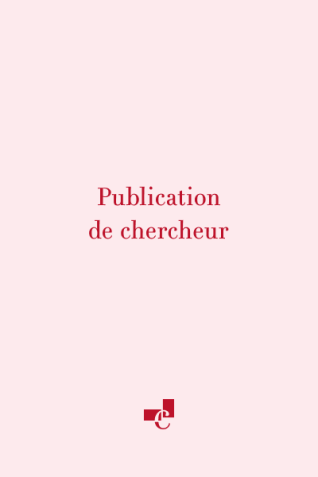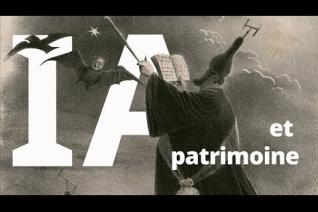- Revue : Acta Antiqua (LIX)
- Pages : 453-466
Résumé
The shifting from a “dilated diasystem”, when Latin becomes more and more complex, to two distinct linguistic systems, has already been modelled (e.g. by Pulgram, 1950; Berschin, 1986). Relying on their authors’ extensive experience, these models however leave some problems unaddressed. In particular, they consider the language of a specific period as a homogenous whole. Thus, they mostly ignore the variations of registers existing in the language at a same time, sometimes in the same text. In this paper, we propose a method to systematically study the evolution of the various registers used in texts written in Carolingian ages, with regards to later Merovingian ones. Some of the results can be obtained through computerized statistical analysis implementing some artificial intelligence: the tagging of whole sentences can be applied to a large amount of texts, too large to be analyzed otherwise. Using an annotated corpus as training data, we develop an artificial intelligence that identifies the various registers used in a text. We intend to implement it on a large selection of texts written during the same period.
Disciplines
Partager sur les réseaux sociaux
À découvrir
Découvrez d'autres productions de l'École sur les mêmes thématiques.




